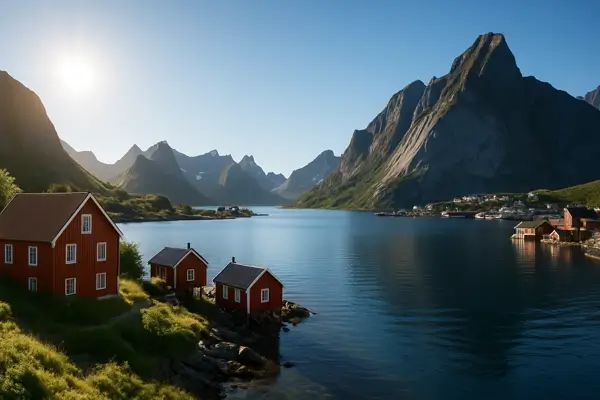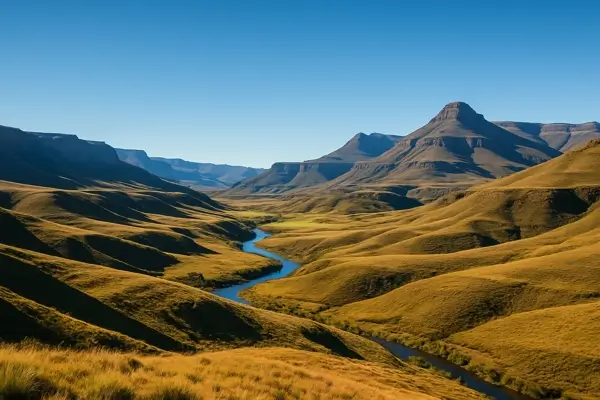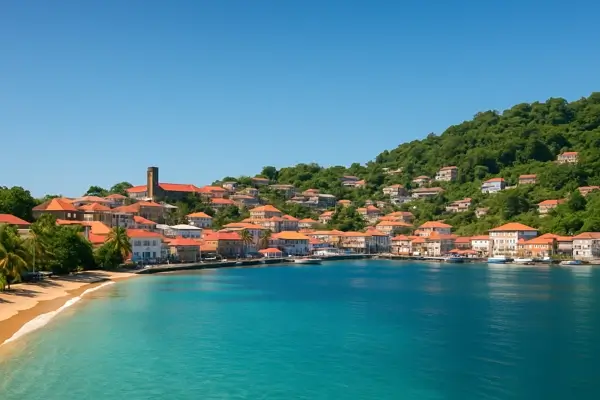
Name Means “Black Mountain”
The name Montenegro comes from the Venetian words monte (mountain) and negro (black), referring to the dark pine forests covering its mountains.
One of Europe’s Newest Countries
Montenegro regained its independence in 2006, making it one of Europe’s youngest sovereign nations after separating from Serbia.
Tiny but Stunning
Despite its small size, Montenegro is packed with natural beauty from Adriatic beaches and rugged mountains to glacial lakes and deep canyons.
Bay of Kotor – Europe’s Southernmost Fjord
The breathtaking Bay of Kotor is often called a fjord (though technically a ria), surrounded by medieval towns and towering mountains.
Durmitor National Park
This UNESCO World Heritage Site is home to the Tara River Canyon, the deepest canyon in Europe, ideal for rafting, hiking, and exploring alpine scenery.
Old Towns and Medieval Charm
Cities like Kotor, Budva, and Perast feature walled old towns, stone churches, and Venetian architecture dating back centuries.
Multi-Ethnic and Multilingual
While Montenegrin is the official language, Serbian, Bosnian, Albanian, and Croatian are also widely spoken.
Currency Without EU Membership
Montenegro uses the euro as its official currency, even though it’s not a member of the European Union.
Smallest Orthodox Capital
Cetinje, the historical royal capital, is often called the spiritual center of Montenegro, with many important Orthodox monasteries and relics.
Warm Hospitality and Strong Coffee Culture
Montenegrins are known for their hospitality, and coffee plays a central role in social life, often enjoyed slowly at outdoor cafés.



